Do you need to choose between urethane and metal siding? Read through the facts we've gathered about the two materials so that you can choose the best siding for your needs.
Urethane siding is weatherproof and durable, while metal siding is long-lasting and recyclable. Also, compared to metal siding, urethane siding is lightweight, not noisy, resists abrasion, and is less expensive. In contrast, metal siding requires less maintenance and is immune to termites or pest infestation.
Therefore, to choose an ideal siding, evaluate your needs and compare how the advantages and disadvantages each siding offers can help or derail from meeting these needs.
Keep reading to learn more about the pros and cons of the two kinds of siding to determine which fits your house. We also tackle how to choose exterior siding, the cost range of the installation, and more.
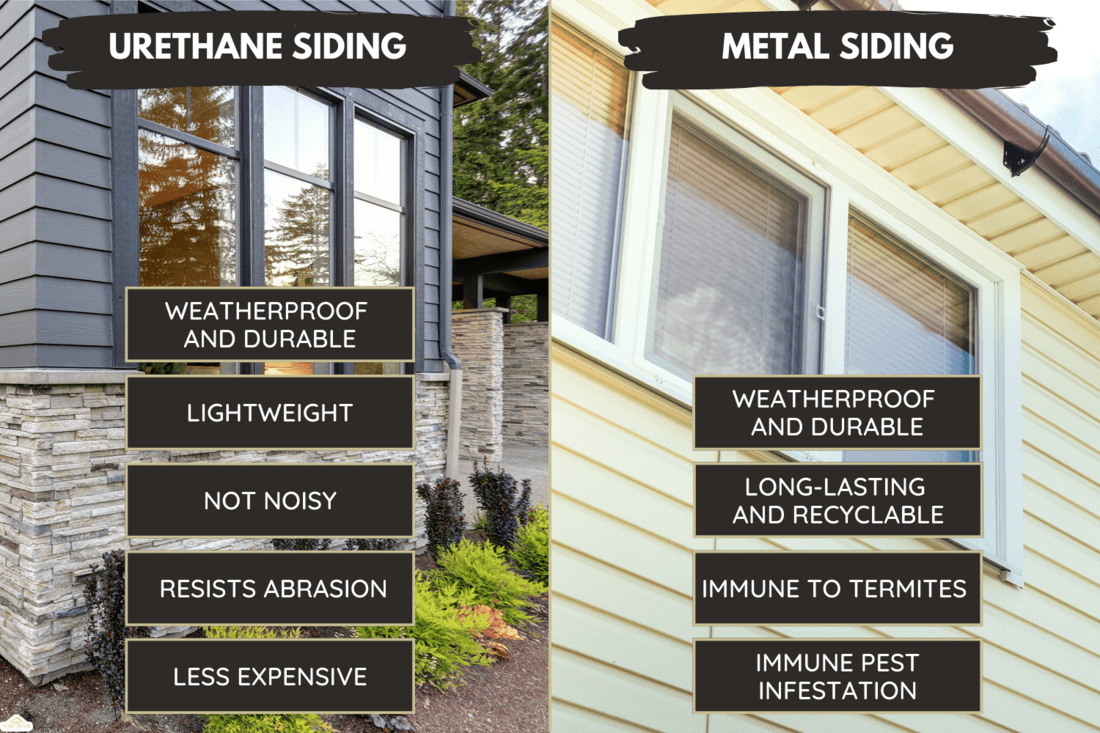
Choosing Between Urethane Siding Vs. Metal Siding
Siding is also known as wall cladding. It works alongside the foundation to protect the contents in your home by shielding them from extreme weather conditions and harsh environments.
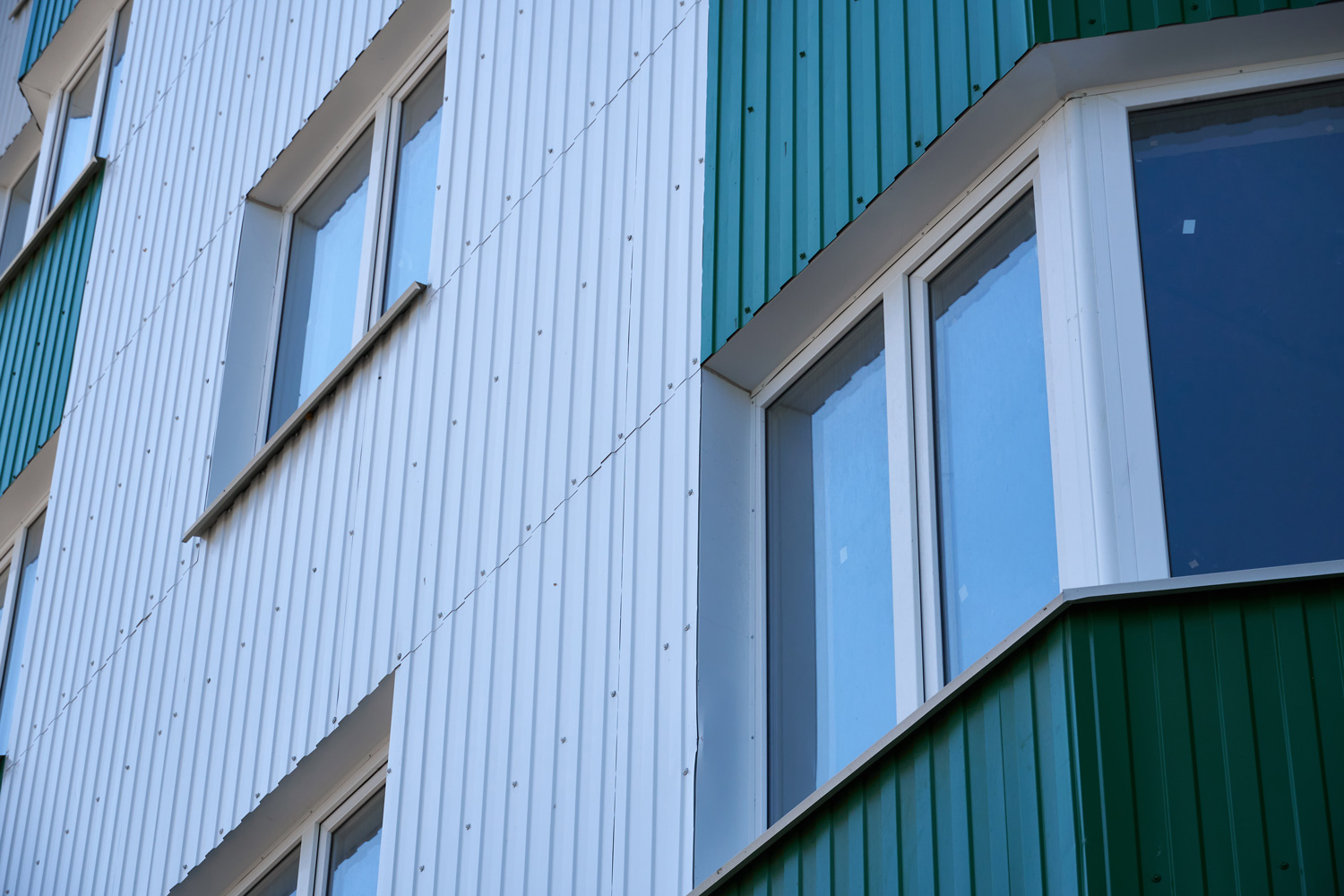
We may include affiliate links and curated AI content to highlight top design styles.
There are different types of siding, such as wood, stone, and plastic siding, among other materials. This post will focus on comparing urethane and metal siding.
Material And Style
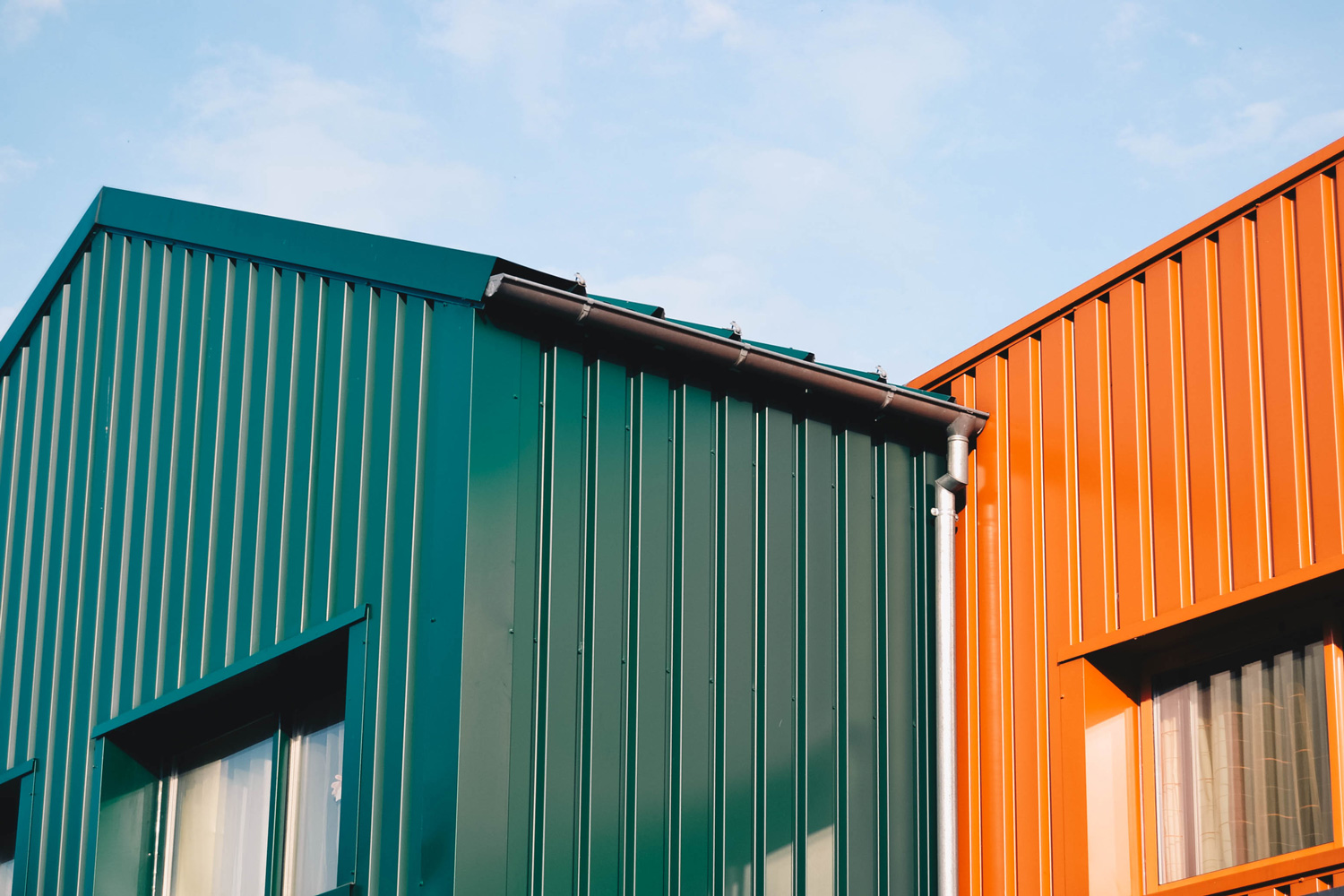
Urethane siding consists of multiple layers of molds, such as base mold, end mold, joint mold, and corner mold. Because it is elastic, it is stretchable and restorable to its original proportions. It is also hardy and a good insulator.
You can also use the urethane used to make urethane siding in buildings and construction as a coating or sealant in liquid form. Since it is crystal-like or colorless, you mostly coat it on wood for protection.
Metal siding has a modern and clean appearance. It is environmentally friendly since it is recyclable and made of steel, copper, or aluminum. Metal is known to be malleable and flexible, but some types of metal can be prone to rust.
Check out this water-based urethane on Amazon.
Color
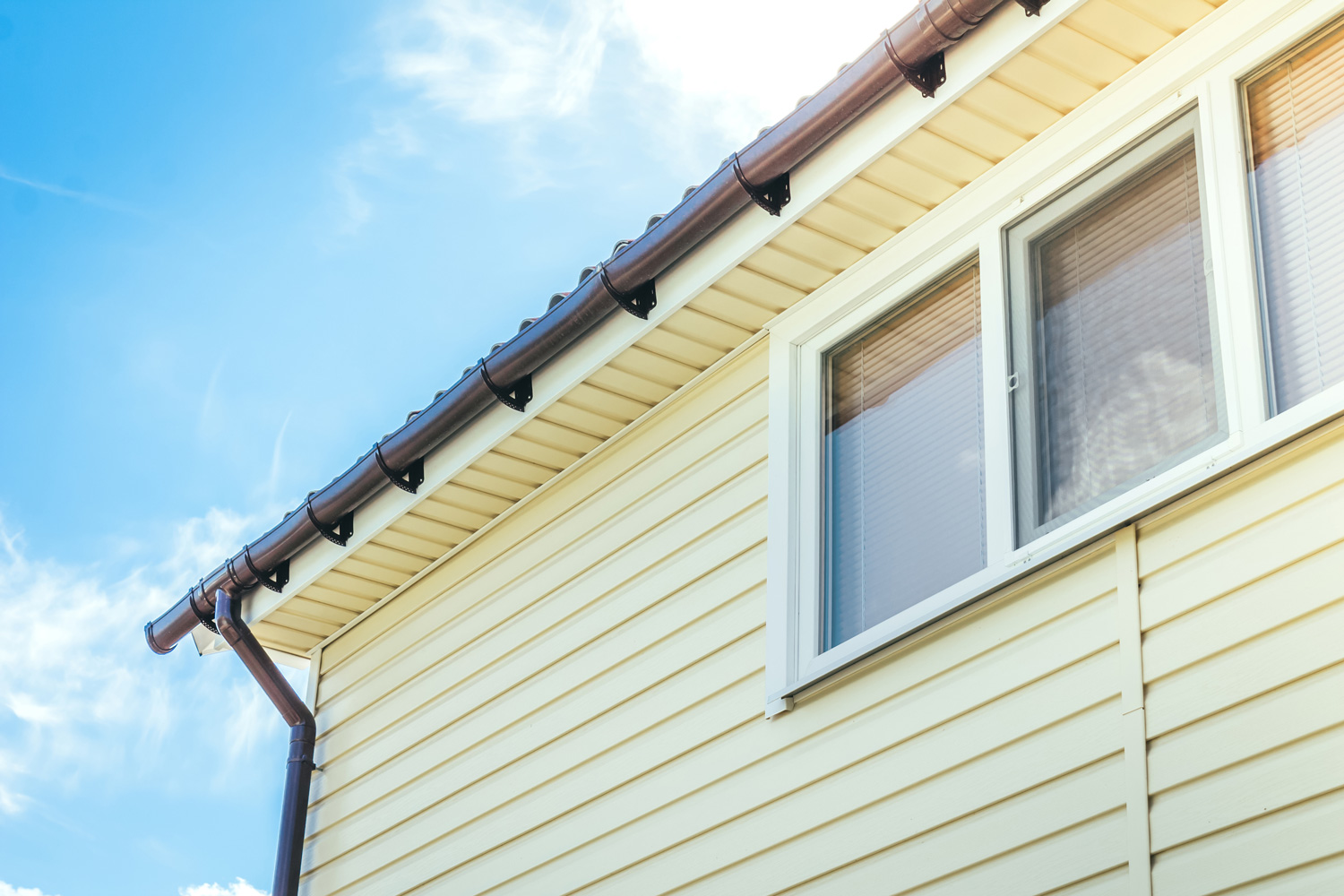
Many urethane sidings have monochrome to natural shades or wooden colors, such as cedar, chestnut, or mahogany.
Metal siding is more flexible since you can paint it. Furthermore, painting can also protect the siding from rusting. That said, house walls often have a natural tone.
Pests And Weather Resistance
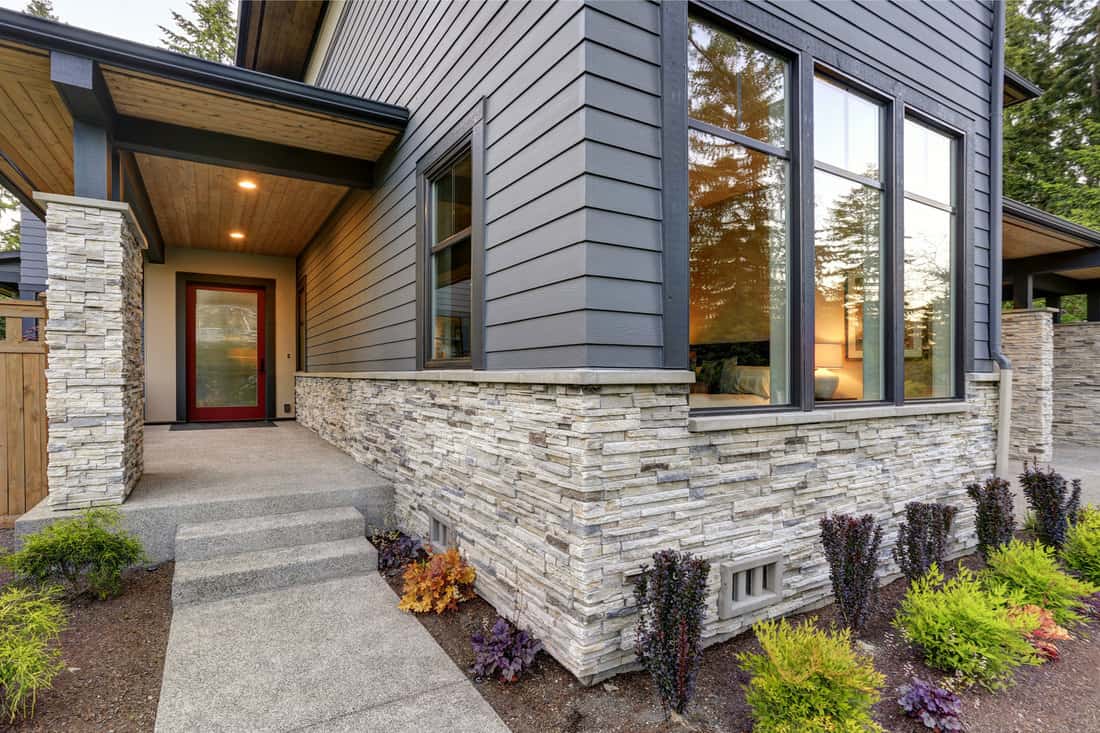
Urethane, as is, is commonly used in pesticides and fungicides. It can also withstand harsh environments and temperatures and various chemicals. Moreover, it discourages mold or mildew growth.
Metal siding is ideal if termites or pests are pervasive in your place. Furthermore, it is resistant to fire and water. If you opt for aluminum metal siding, you also benefit from its being rust-resistant, thinner, and able to handle extreme weather conditions.
Lifespan
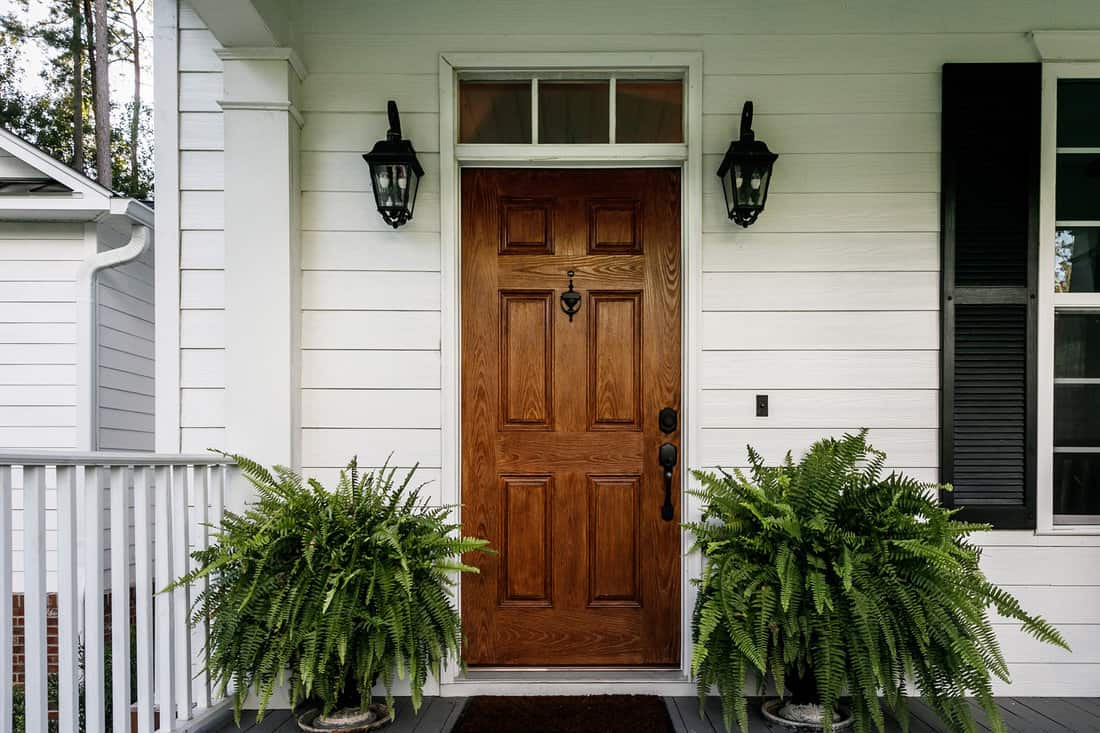
Urethane siding lasts for more than 10 years and does not fade quickly. So, you don't need to retouch the coating often unless you'd like to change the color by coating another urethane layer on top.
With proper care and maintenance, metal or steel siding can last about 40 years. It has low-maintenance needs.
Installation Cost
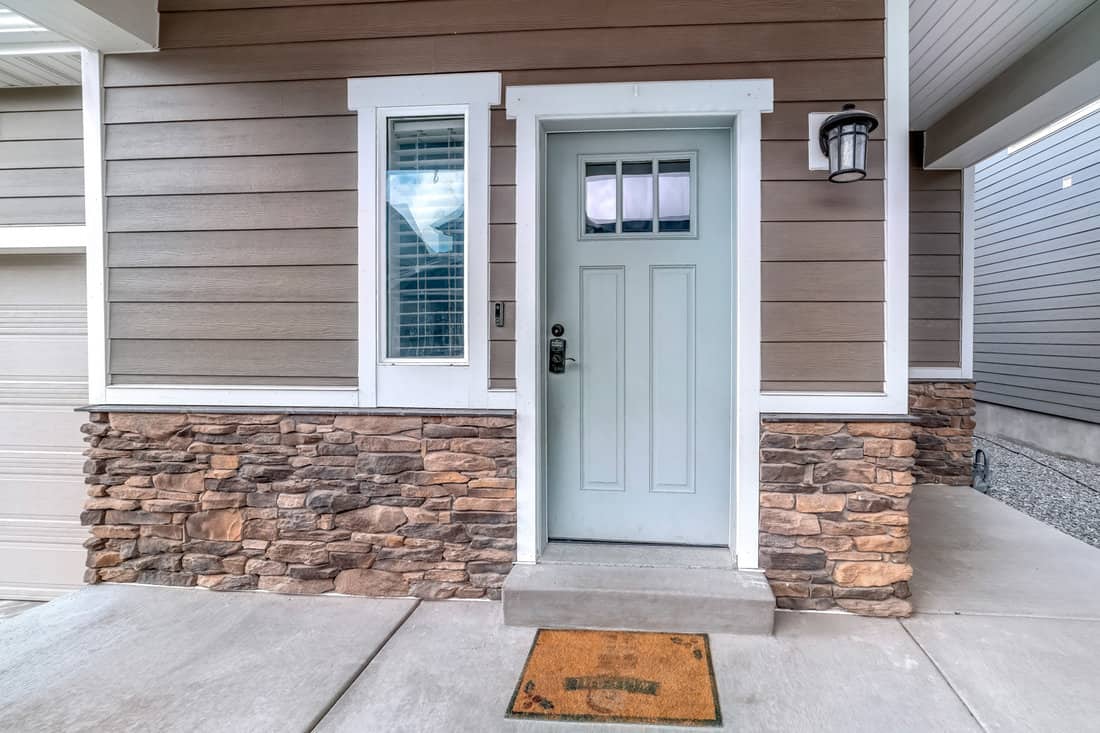
A gallon of water-based urethane or polyurethane finish ranges from $40 to $100, while a gallon of oil-based urethane or polyurethane ranges from $20 to $50. And a gallon can coat about 600 sq. ft. of siding.
On the other hand, regular metal siding price ranges from $12 to $50 for every installation of an sq. ft. Although quality metal siding costs more, it is more durable and assures the safety of your house.
Maintenance Needs
Every kind of siding needs regular inspection to catch and repair any wear and tear. Metal siding is prone to dirt and dust, so you'll need to occasionally rinse or wipe your panels with a garden hose or a wet microfiber cloth. Never power-wash your panels to avoid dents.
How To Maintain Siding
Maintaining your home siding will save you a lot of hassle and problems. Regularly check on your siding to assess for defects. You can do this by walking around the siding's perimeter. Further, retouch and tend immediately to minor damages before they get big to avoid hefty repair costs.
Here are more tips on maintaining your home siding for its longer lifespan.
- Paint and seal routinely, especially when you notice chipping or other signs of damage. It is best to use quality paint for a better, longer-lasting coating.
- Keep your siding clean. You can scrub or power wash your siding depending on the material. Or, you can hire a professional to safely and deeply clean the siding.
- Trim the bushes, trees, and other plants near your home siding to avoid friction which can cause scratches or damage. Also, leave enough space between your siding and landscape.
How Do You Choose Exterior Siding?
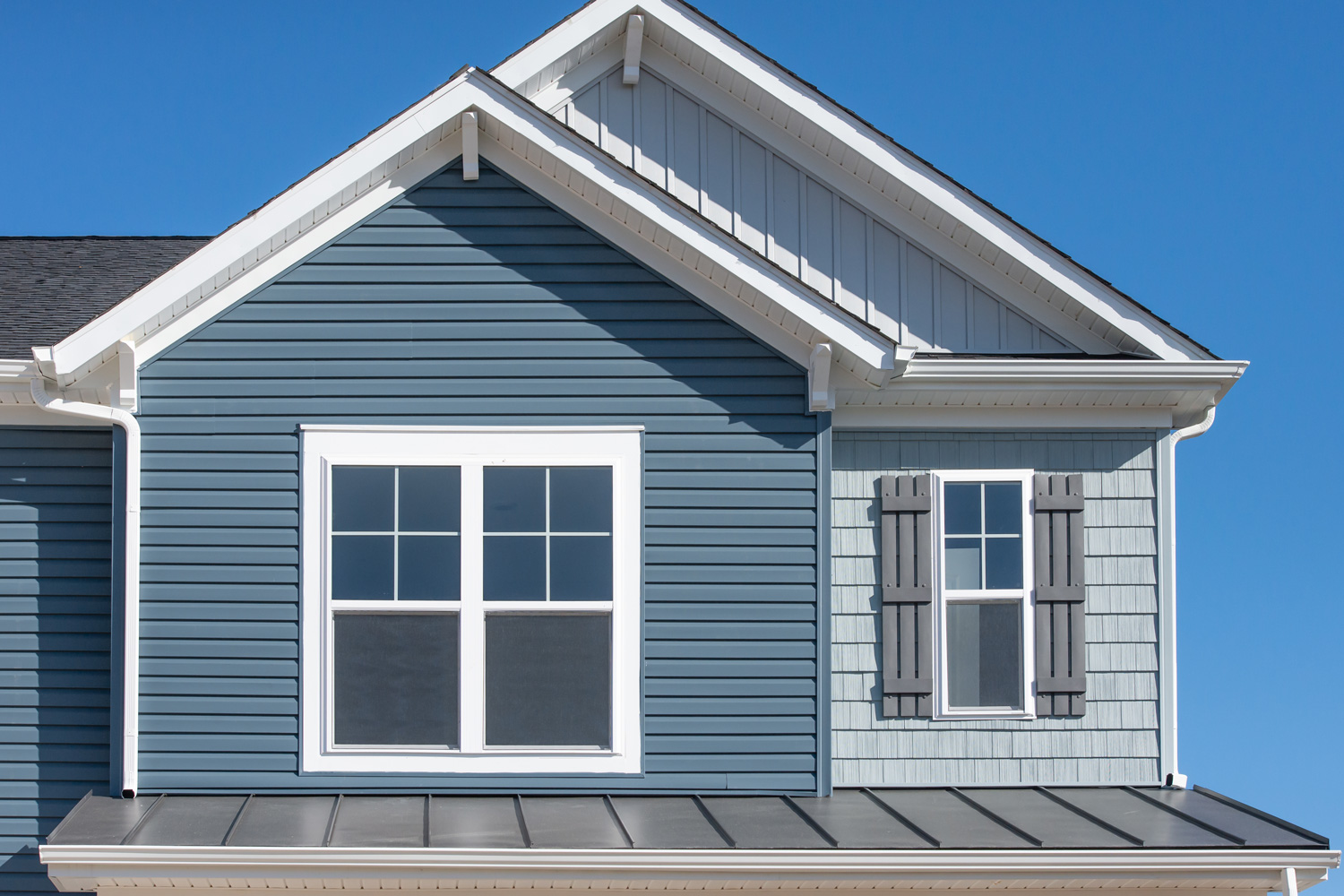
Although many home sidings are available in the market in different textures and materials, there are some factors to consider when choosing a siding for your house. We have stated some factors below:
Consider Your Home's Design
A colonial home, for example, calls for solid, classic siding. You can also add a modern twist by adding unfamiliar accents. A farmhouse or country style gives you more freedom in choosing the color and type of siding.
Follow The Neighborhood's Theme
Observe the dominant siding color or scheme in your neighborhood and choose a color that blends in with the neighborhood's style.
Consider The Trend
Choosing the latest trends for your siding adds to the resale value of your house. It also gives your exterior an elegant look. Updated siding requires less retouching since it lasts for a while.
Choose A Color
Usually, you only use one type of color for the siding - either warm or cool. However, knowing the undertones of each color can help you decide on what colors you can pair.
Match With Your Existing Landscape
Aim for balance. A vibrant garden pairs perfectly with a subtle siding color, but a laid-back siding would be better suited for a contemporary landscape in a conservative neighborhood.
Align Siding To Roof Color And Style
It is prudent to base the siding color on the house roofs since they can last up to 30 years. A dark roof tone blends well with subtle and lighter siding colors. On the other hand, light or pale roof color gives you more freedom in choosing your siding color.
Ask For Professional Help
A skilled professional can help you choose the best siding for your home. Although this advice comes at a cost, it is a worthwhile investment since homes last a long time. You want to make the right decision to avoid prematurely renovating your home.
What Is the Most Resilient Type of Siding?
Engineered wood is the most resilient siding on the market. This siding undergoes treatment to enable it to withstand impact, moisture intrusion, and damage by termites or fungi.
What Type Of Siding Requires The Least Maintenance?
Although all types of siding require regular checks and maintenance to keep damage at bay, certain types need minimal maintenance. These are fiber cement, metal, modified wood, and vinyl siding.
When Should You Replace The Siding?
Fall or autumn is the best time to replace your home siding. Fall has a mild temperature, not too hot and not too cold. Also, it is possible to purchase materials at a discount during the season.
Do You Have To Remove The Old Siding Before Installing A New One?
It is advisable to remove the old siding before installing a new one when the old one is severely damaged.
Furthermore, removing the old siding enables you to assess the condition of your home exterior, such as checking for wood rot and pests, preventing future water damage, and having a cleaner appearance.
Does Changing Siding Increase Home Value?
When you change your home siding, the home value increases by about 80% of the project cost. For example, vinyl siding can add to your home value through its attractive appearance, durability, energy efficiency, and low maintenance.
Do I Need Insulation Under My Siding?
The United States Department of Energy recommends putting insulation under your siding. So, you can puff insulation into the cavity, put flat and firm insulation to the wall before the siding, or use insulated vinyl siding.
In Closing
Urethane and metal siding have unique features that can make either viable alternatives for your home.
Both sidings can endure extreme weather conditions. However, metal siding is known to be long-lasting and recyclable, while urethane siding is less expensive and lighter with less noise. So choose the solution that best meets your needs.
Discover more about home sidings in these posts:


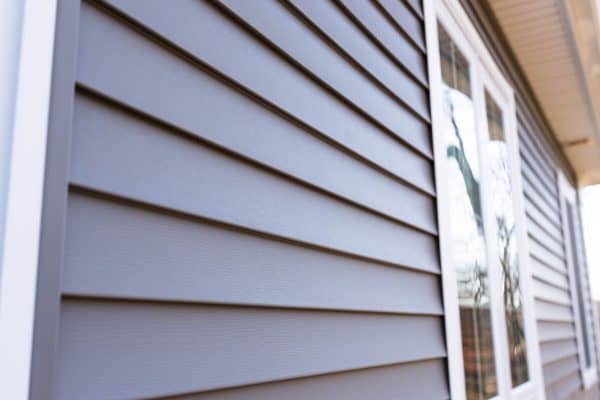

![A facade of a house with brown stone veneer exterior and shrubs at the front, Can You Paint Stone Veneer? [Everything You Need To Know]](https://homedecorbliss.com/wp-content/uploads/2022/11/Facade-of-a-house-with-brown-stone-veneer-exterior-and-shrubs-at-the-front-600x400.jpg)